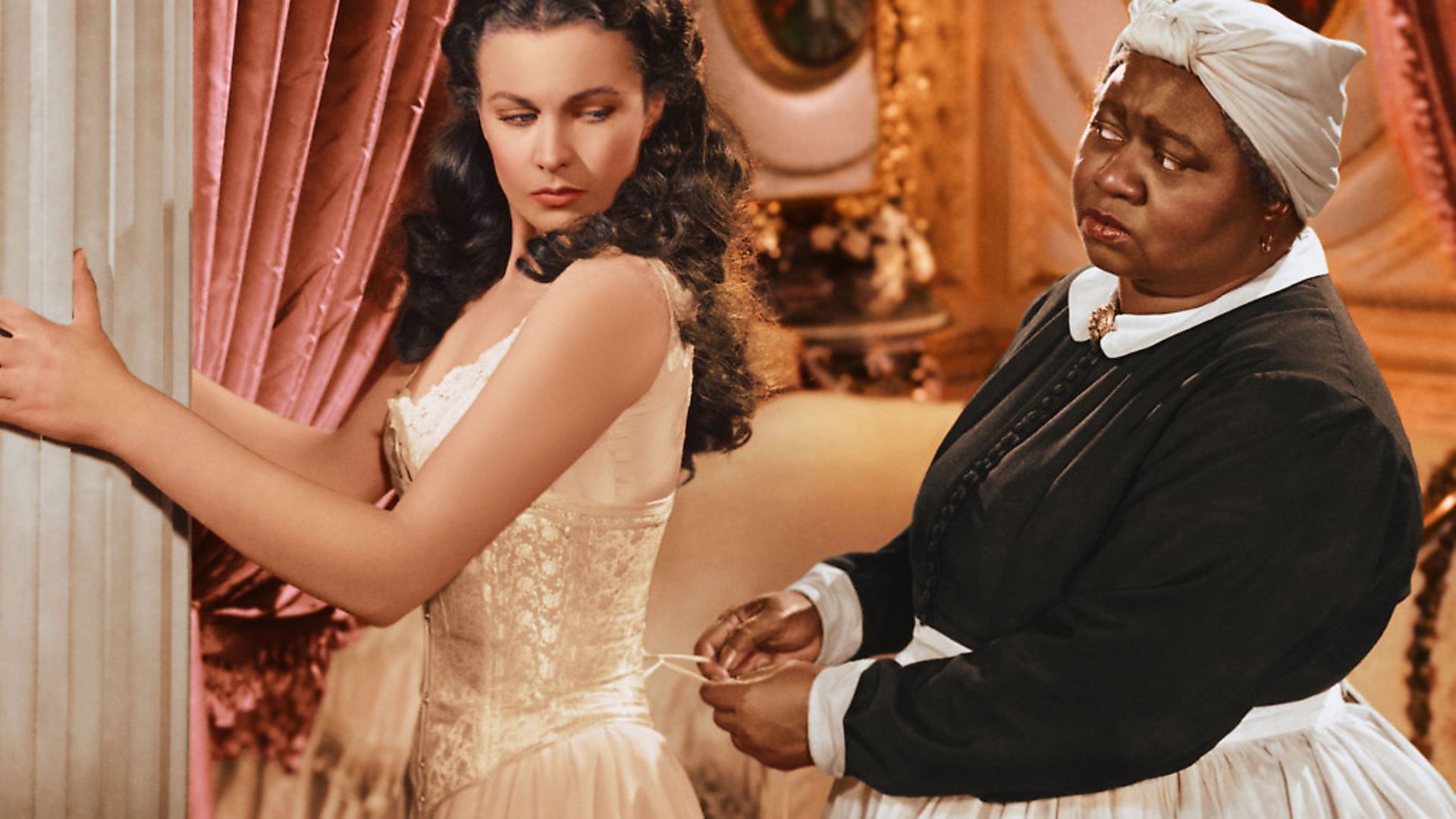
BONNIE GREER on the lessons to be learned from Heart of Darkness and Gone with the Wind.
If you want a deep understanding of the mindset of a Victorian colonialist, racist and imperialist, Joseph Conrad’s masterpiece Heart of Darkness takes you there.
Never again will you wonder how and why the ‘Scramble for Africa’, the theft and destruction of a continent, happened. This is the report. And it is forensic. But a controversy about the book – again – is raging in America. Michael Eric Dyson, the celebrated African American author of JAY-Z: Made in America and many other books, wants Conrad’s novella relegated from the masterpiece category. He believes that it has done much damage in fashioning ideas about Africa.
This is nothing new. The great Nigerian novelist, Chinua Achebe, gave a landmark lecture in which he accused Conrad of refusing to give ‘human expression or language’ to the Africans.
He condemned the author for making Africa a mere foil for Europe, assuming it did not exist outside of Europe’s relationship with it. That Africa, for Conrad, was the ‘other’ world. Of course, this analysis is correct. And that is the mark of the work’s genius.
We are not told or shown racism and imperialism. Through the eye and the mind of the main character, Marlow, a European sailor, we are taken inside of it. Through him, we see that it is not Africa that is the heart of darkness. It is Europe.
Conrad sums up imperialism and colonialism with the immortal words: ‘The horror! The horror!’
Published in 1899, at the height of the Victorian Age and its imperial reach, Heart of Darkness is the tale of Marlow and his trip up the Congo River, to seek out the mysterious Kurtz.
Conrad gives us the imperial mindset: ‘They (the traders and colonialists) grabbed what they could get for the sake of what was to be got. It was just robbery with violence, aggravated murder on a great scale, and men going at it blind – as is very proper for those who tackle a darkness. The conquest of the earth, which mostly means the taking it away from those who have a different complexion or slightly flatter noses than ourselves, is not a pretty thing when you look into it too much. What redeems it is the idea only. An idea at the back of it; not a sentimental pretence but an idea; and an unselfish belief in the idea – something you can set up, and bow down before, and offer a sacrifice to.’
An idea. Being White.
Marlow describes a colleague’s violent encounter with an elderly African man: ‘He had been a couple of years already out there engaged in the noble cause, you know, and he probably felt the need at last of asserting his self-respect in some way.’
Colonialism; racism; Christianisation; violence: all part of ‘the noble cause’.
Conrad, through Marlow, also gives us a description of Africans seen through the racist and imperialist gaze.
‘They were dying slowly – it was very clear. They were not enemies, they were not criminals, they were nothing earthly now – nothing but black shadows of disease and starvation, lying confusedly in the greenish gloom. Brought from all the recesses of the coast in all the legality of time contracts, lost in uncongenial surroundings, fed on unfamiliar food, they sickened, became inefficient, and were then allowed to crawl away and rest.’
Became inefficient. Africans were little more than machines.
This and much more is the voyage into what seems unfathomable. We see, through the eyes of an embittered man, probably no more racist than the average European of his time, what he felt, what he thought, what he saw, what he did.
Marlow goes to a doctor before he leaves on his voyage to Africa who tells him: ”I always ask leave, in the interests of science, to measure the crania of those going out there,’ he said. ‘And when they come back, too?’ I asked. ‘Oh, I never see them,’ he remarked; ‘and, moreover, the changes take place inside, you know.’
This is an example of the bogus science of eugenics, as well as a belief that even going to Africa and encountering African people can change your very anatomy, your head, your brain. And not for the better.
In Africa, Marlow sees a white accountant striding about in the dress of a City banker, even in what must have been sweltering heat. Marlow notes: ‘I respected his collars, his vast cuffs, his brushed hair. His appearance was certainly that of a hairdresser’s dummy; but in the great demoralisation of the land he kept up his appearance. That’s backbone.’
Backbone. Only white men can have that. And backbone is exhibited in colonisation, in making the great imperial adventure. Why do you think that Winston Churchill, in his youth, went to Africa? Because in being there, among what Kipling called the ‘fuzzy wuzzies’, Churchill could show that he was not only a man, but a ‘white man’. All of this and more you can learn from reading Heart of Darkness.
Gone with the Wind has been taken off HBO Max because of what the company described as the ‘ethnic and racial prejudices’ it depicted.
But if you want to understand the American South, what lies at its heart even now, and what Black Lives Matter is up against: you can do no better than watch GWTW.
The film is a celebration of white superiority filmed in blazing Technicolour. It took me decades to finally sit down and watch this picture. It is not necessary to list its numerous transgressions against African Americans: its distortion of the American Civil War, and the fact that the final part of it is quite simply a recruitment film for the Ku Klux Klan. We know all of that.
What we get, and we get straight, is the glorification of the ‘Lost Cause’, that post-Civil War romanticisation generated by those who wanted to keep the conflict going. It is this interpretation, this feeling and the angst and anger it excites, that means you have, in the South, statues of Jefferson Davis, the Confederate president, and generals like Robert E, Lee, as well as military bases like Fort Bragg, named after another Southern general, Braxton Bragg. No wonder people now want these statues taken down, these forts re-named. In no other civilisation would military forts be named after men who were traitors. But they are in the United States, GWTW shows the reason why.
If we ban the film, we cannot see how a masterpiece can be used to promote tyranny and dehumanisation. How a masterpiece can sanitise treason, a treason based on the demand to keep human beings as chattels. If Gone with the Wind is gone, there could come a time when people do not believe that it ever existed. Then we cannot understand how it came to be a Saturday afternoon staple.
And how we, in our innocence and lack of education in history, can become part of the lie that is this great film of the Golden Age of Hollywood. Make a disclaimer 20 minutes long to show at the beginning of the movie, if need be. Include critical material with copies of Heart of Darkness.
But do not take these works away. They give us valuable lessons. And a way inside the unpalatable.










